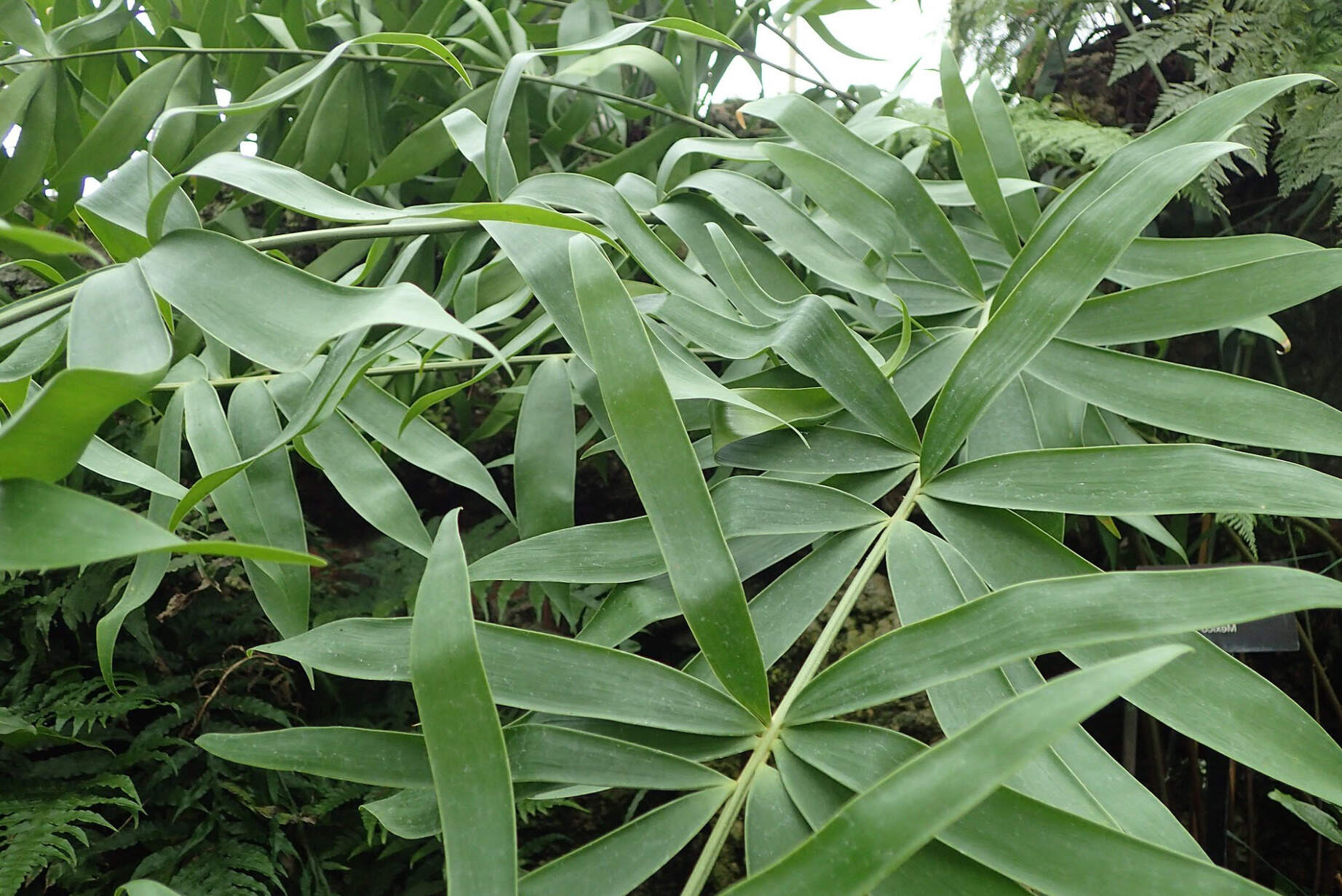
Ceratozamia is a fascinating genus of cycads, ancient plants that have been around since the time of dinosaurs. These plants are native to Mexico and Central America, thriving in tropical and subtropical climates. Did you know that Ceratozamia species are often mistaken for palms or ferns? Their unique appearance and slow growth make them a favorite among plant enthusiasts and botanists alike. Ceratozamia plants are also known for their resilience, capable of surviving in various environmental conditions. However, many species are endangered due to habitat loss and illegal collection. Want to learn more about these incredible plants? Here are 30 facts that will deepen your appreciation for Ceratozamia and its role in our ecosystem.
Ceratozamia: An Ancient Plant
Ceratozamia is a fascinating genus of cycads, ancient plants that have been around since the time of dinosaurs. These plants are not only beautiful but also hold many interesting secrets. Let's dive into some amazing facts about Ceratozamia.
- Ceratozamia belongs to the family Zamiaceae, which includes other cycads.
- The name "Ceratozamia" comes from Greek words meaning "horn" and "belt," referring to the horn-like structures on the plant's seeds.
- These plants are native to Mexico and Central America.
- Ceratozamia species are often found in tropical and subtropical forests.
- They have a unique appearance with thick, leathery leaves and a stout trunk.
- The leaves of Ceratozamia can grow up to 2 meters long.
- Ceratozamia plants are dioecious, meaning they have separate male and female plants.
- The male plants produce pollen cones, while the female plants produce seed cones.
- These plants have a slow growth rate, often taking several years to reach maturity.
- Ceratozamia species are known for their longevity, with some living for over 100 years.
Unique Features of Ceratozamia
Ceratozamia plants have several unique features that set them apart from other cycads. Here are some interesting facts about their distinctive characteristics.
- The leaves of Ceratozamia are pinnate, meaning they have leaflets arranged on either side of a central stem.
- New leaves often emerge in a striking bronze or reddish color before turning green.
- The seeds of Ceratozamia are large and covered with a fleshy, colorful coat.
- These plants have specialized roots called coralloid roots, which contain nitrogen-fixing bacteria.
- Ceratozamia plants are known for their ability to tolerate shade, making them well-suited for forest understories.
- Some species of Ceratozamia have spiny leaflets, providing protection from herbivores.
- The cones of Ceratozamia can be quite large, with some reaching up to 30 centimeters in length.
- These plants have a unique way of dispersing their seeds, often relying on animals to help spread them.
- Ceratozamia species are often used in landscaping and as ornamental plants due to their striking appearance.
- Despite their ancient lineage, Ceratozamia plants are still evolving and adapting to their environments.
Conservation and Threats
Ceratozamia plants face several threats in the wild, making conservation efforts crucial for their survival. Here are some important facts about the challenges they face and the efforts to protect them.
- Many species of Ceratozamia are listed as endangered or critically endangered.
- Habitat loss due to deforestation is a major threat to these plants.
- Illegal collection and trade of Ceratozamia plants also pose significant risks.
- Conservation efforts include habitat protection, cultivation in botanical gardens, and seed banking.
- Some species of Ceratozamia are protected under international laws, such as CITES (Convention on International Trade in Endangered Species).
- Researchers are studying the genetic diversity of Ceratozamia to better understand their evolutionary history and improve conservation strategies.
- Public awareness campaigns are helping to educate people about the importance of protecting these ancient plants.
- In some regions, local communities are involved in conservation efforts, providing valuable support and knowledge.
- Restoration projects are underway to reintroduce Ceratozamia plants to their natural habitats.
- The survival of Ceratozamia plants is crucial for maintaining biodiversity and the health of tropical and subtropical ecosystems.
Final Thoughts on Ceratozamia
Ceratozamia, a fascinating genus of cycads, offers a glimpse into ancient plant life. These plants, with their unique appearance and resilience, have survived for millions of years. They thrive in tropical and subtropical regions, showcasing their adaptability. Despite their tough nature, many species face threats from habitat loss and illegal collection. Conservation efforts are crucial to protect these living fossils. By understanding their needs and supporting preservation initiatives, we can help ensure their survival for future generations. Ceratozamia's story is a reminder of nature's incredible diversity and the importance of protecting it. Whether you're a plant enthusiast or just curious about ancient flora, these cycads offer a window into a world long past. Let's appreciate and safeguard these remarkable plants, ensuring they continue to thrive in our ever-changing world.
Was this page helpful?
Our commitment to delivering trustworthy and engaging content is at the heart of what we do. Each fact on our site is contributed by real users like you, bringing a wealth of diverse insights and information. To ensure the highest standards of accuracy and reliability, our dedicated editors meticulously review each submission. This process guarantees that the facts we share are not only fascinating but also credible. Trust in our commitment to quality and authenticity as you explore and learn with us.
